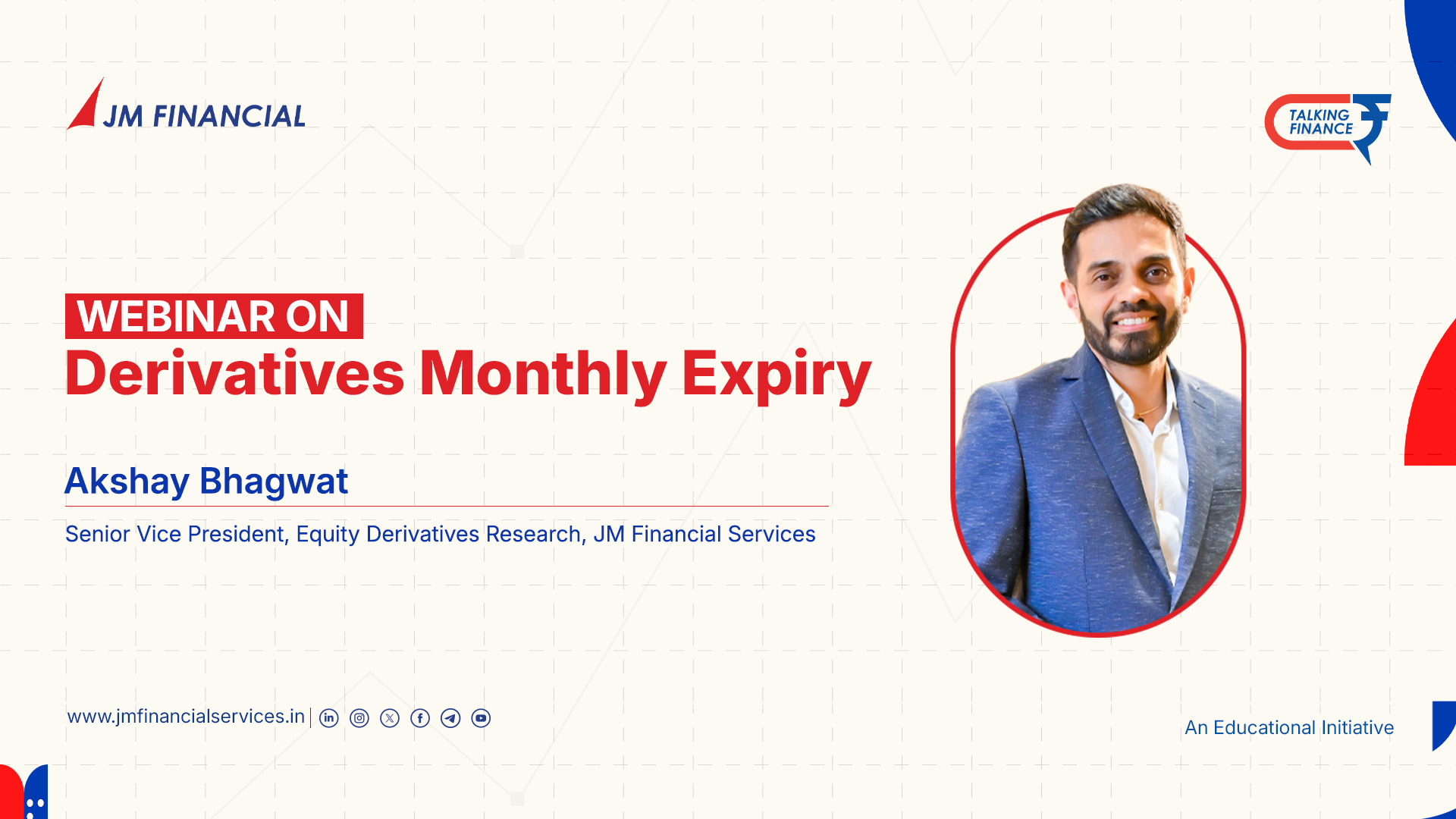Understanding Leverage in Stock Market
You have ₹10,000 but want to buy ₹50,000 worth of shares. Impossible? Not with leverage. This financial tool lets you control far more money than you actually possess but like any powerful instrument, it demands respect and understanding.
What is Leverage?
Leverage in the stock market is essentially borrowing money from your broker to increase your buying power. Think of it as a loan that amplifies both your potential profits and losses. When you use 5:1 leverage, every ₹1 you invest gives you exposure to ₹5 worth of securities.
The concept works through margin trading—you put down a small percentage (called margin) of the total trade value, and your broker covers the rest. For instance, with 20% margin requirement, you only need ₹20,000 to control a ₹1 lakh position.
How Leverage Actually Works
Let's walk through a real example to make this crystal clear:
Without Leverage:
- You buy 100 shares at ₹100 each = ₹10,000 investment
- Stock rises to ₹110 = ₹1,000 profit (10% return)
With 2:1 Leverage:
- You put ₹10,000 margin, broker lends ₹10,000
- You buy 200 shares at ₹100 each = ₹20,000 position
- Stock rises to ₹110 = ₹2,000 profit (20% return on your ₹10,000)
But here's the flip side—if the stock drops to ₹90, your loss doubles too.
Types of Leverage in Trading: -
✅ Margin Trading: The most common form where you borrow directly from your broker
✅ Derivatives Leverage: Using futures and options to control large positions with minimal capital
✅ Intraday Leverage: Higher leverage ratios offered for same-day trades
✅ Forex Leverage: Currency trading often offers the highest leverage ratios, sometimes up to 100:1
Benefits of Leverage:-
✅ Capital Efficiency: Your money works harder, giving you exposure to larger positions
✅ Diversification Opportunities: With more buying power, you can spread investments across multiple stocks
✅ Enhanced Returns: When trades go right, profits get magnified significantly
✅ Market Access: Leverage opens doors to expensive stocks and larger market opportunities
Risks That Keep Traders Awake:-
✅ Smart Risk Management Strategies:-
✅ Start Conservative: Begin with lower leverage ratios (2:1 or 3:1) until you gain experience
✅ Use Stop-Loss Orders: Set predetermined exit points to limit potential losses
✅ Position Sizing: Never risk more than 2-3% of your total capital on a single leveraged trade
✅ Monitor Margins: Keep track of your margin levels to avoid surprise margin calls
✅ Diversify Wisely: Don't put all leveraged bets in one sector or stock
Regulatory Framework in India
SEBI regulates leverage trading through strict margin requirements and approved stock lists. Not all stocks are eligible for margin trading—only those meeting specific liquidity and volatility criteria qualify. Brokers must follow prescribed margin percentages and cannot offer unlimited leverage.
The Mathematics of Leverage
The leverage ratio is calculated as:
Leverage Ratio = Total Exposure ÷ Margin Required
Higher leverage means:
- Greater profit potential on successful trades
- Smaller price movements needed to generate significant returns
- Higher risk of substantial losses
Real-World Example with JM Financial Services :-
JM Financial Services, with over 50 years of experience in financial markets, offers comprehensive leverage solutions through their Margin Trading Facility. Here's how it works:
- Leverage: Up to 4X on approved stocks
- Stock Coverage: 900+ stocks available for MTF
- Holding Period: Flexible—convert to delivery anytime or hold as leveraged position
- Interest Charges: Competitive rates that vary based on your trading plan
Their platform allows seamless MTF transactions with dedicated MTF sections in your holdings, making it easy to track leveraged positions.
The Cost Factor
Leverage isn't free. Brokers charge interest on borrowed funds, typically ranging from 9.69% to 17.99% per annum, depending on your trading plan and borrowed amount. This interest is calculated daily, including weekends and holidays.
Interest Formula:
Interest = (Borrowed Amount × Annual Rate × Days Held) ÷ 365
Who Should Use Leverage?
Leverage suits:
- Experienced traders who understand market dynamics
- Active investors who can monitor positions regularly
- Those with risk tolerance for amplified gains and losses
The Bottom Line:-
Leverage is neither inherently good nor bad—it's a tool that amplifies whatever trading skills you possess. Professional traders use it daily because they understand both its power and its dangers. The key lies in education, discipline, and never borrowing more than you can afford to lose.
Remember: leverage can turn small wins into big victories, but it can just as easily turn small mistakes into financial disasters. Start small, learn continuously, and always have a plan before you press that buy button.
FAQs :-
Q1. What is leverage in simple terms?
Leverage allows you to trade with more money than you actually have by borrowing from your broker. It's like getting a loan to buy more stocks than your cash would normally allow.
Q2. How much leverage can I get in Indian stock markets?
Most Indian brokers offer 4:1 to 10:1 leverage for equity trading, though this varies by stock and broker. Intraday trading typically offers higher leverage than overnight positions.
Q3. What happens if my leveraged trade goes wrong?
You'll lose money faster than normal trading. If losses exceed your margin, you'll get a margin call demanding additional funds. Failure to meet this can result in automatic position closure.
Q4. Is leverage trading legal in India?
Yes, leverage trading is completely legal and regulated by SEBI. However, it's only available through registered brokers and on approved stocks that meet specific criteria.
Q5. Can I lose more money than I invest with leverage?
In extreme cases, yes. If markets move sharply against your position, losses can exceed your initial investment. However, most brokers have safeguards to prevent this.
Q6. What's the difference between leverage and margin?
Margin is the money you deposit as collateral. Leverage is the ratio of total position to your margin. For example, ₹10,000 margin controlling a ₹50,000 position equals 5:1 leverage.
- PAN Card
- Cancelled Cheque
- Latest 6 month Bank Statement (Only for Derivatives Trading)





